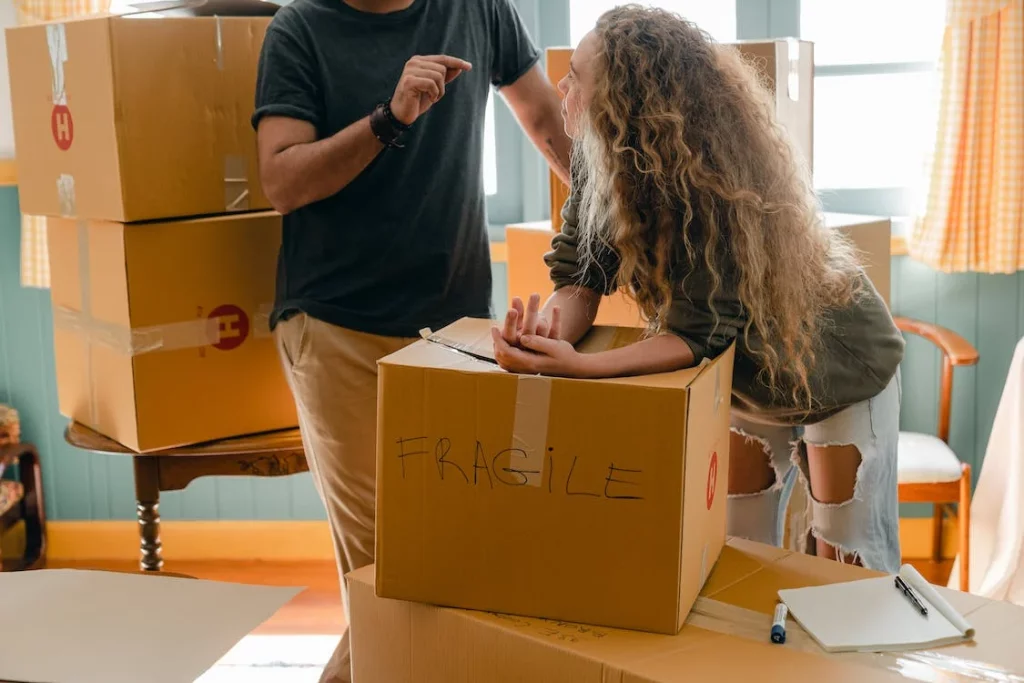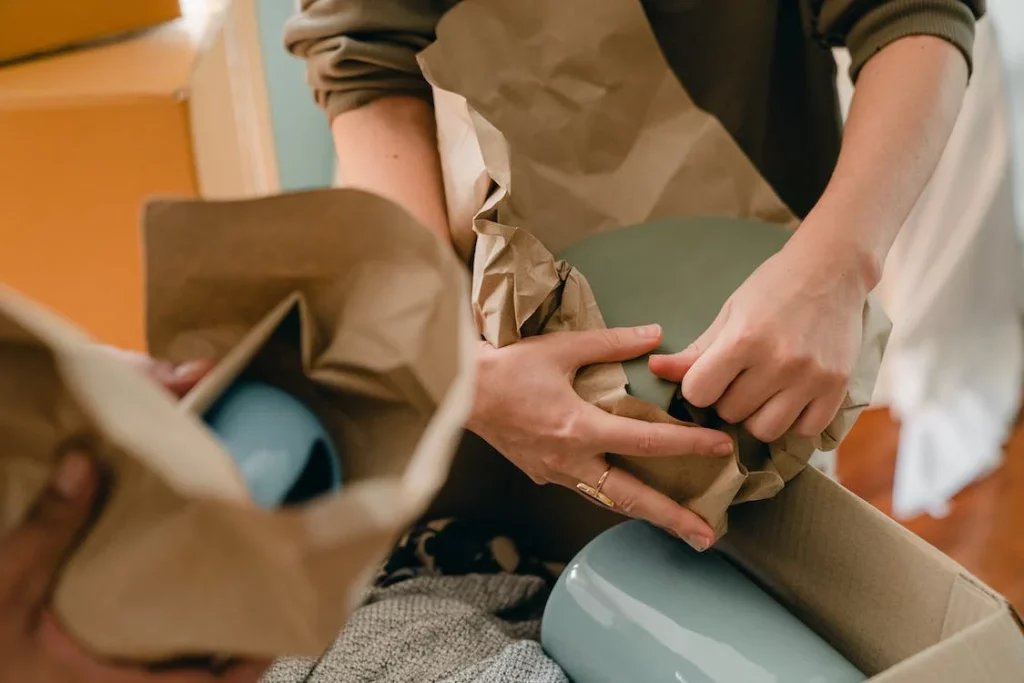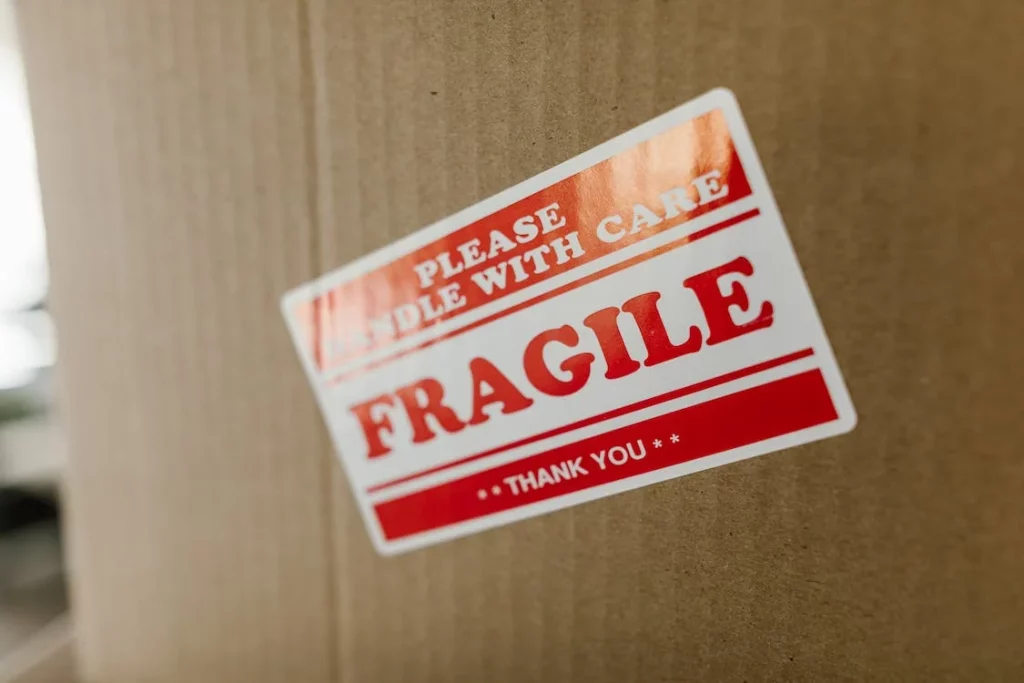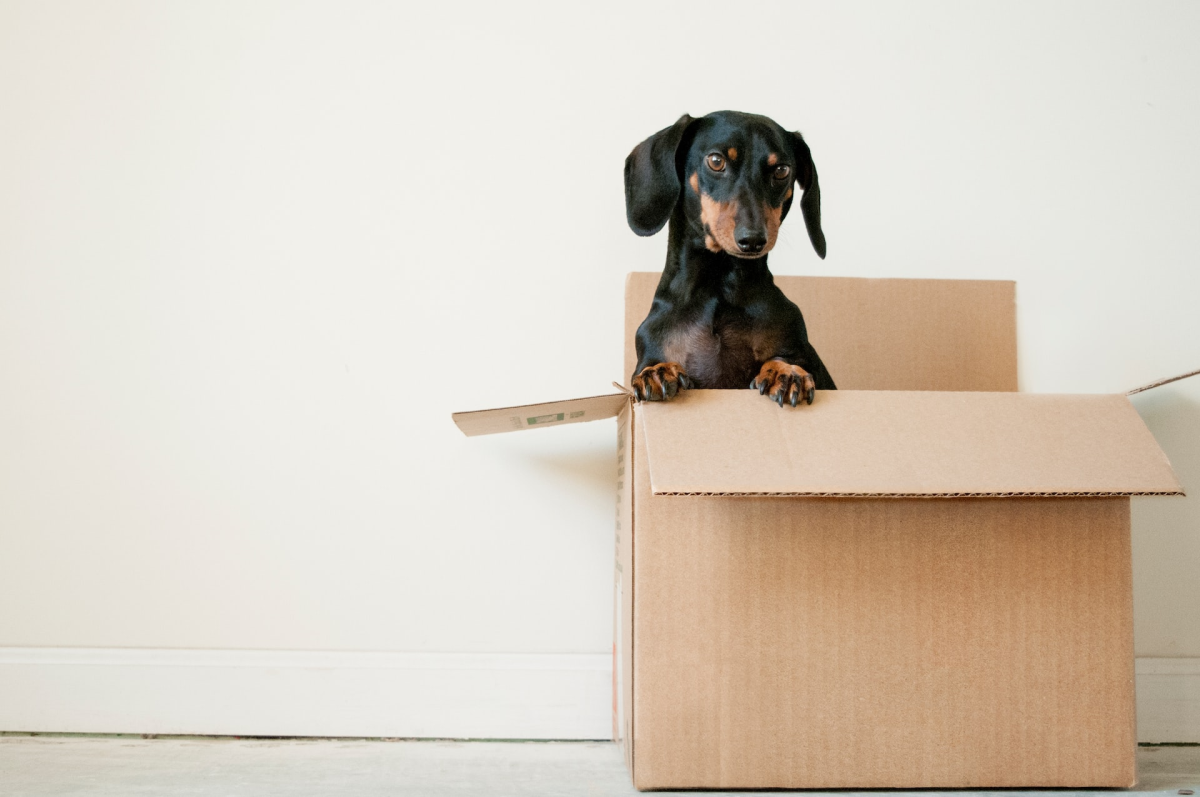Last Updated on: 5th September 2022, 02:57 pm
These include skincare and makeup products with breakable packaging, glassware, musical instruments, technological products such as mobile phones, gadgets, laptops, and all items that come in a box as the box can also get damaged during transit.
Carriers also tend to toss the boxes onto trucks, cars, and even motorcycles. When they are not strapped properly, the carrier may accidentally drop the boxes whilst in transit as well.
A way to ensure you are protected is to purchase shipping insurance, however, this doesn’t solve the problem of shipping fragile items overseas.
A business can lose a lot of money due to a damaged shipment with complaints of damaged items upon delivery.
This will cause an increase in customers complaining which may leave bad reviews that affect the overall brand image of your company.
You may also need to pay for the cost to re-ship the fragile items again and even the cost to re-ship the returned items depending on the return policy.
The good news is much of the shipping damage is avoidable as long as you follow these tips for shipping fragile items.
1. The shipping box you choose is crucial
a) Don’t choose boxes that have too much space in them.
When the box is too big, the contents tend to shift around inside whilst in transit.

You don’t want to choose a box that is too small either as you want to fill in the remaining space in the box with the proper packaging materials to absorb some of the impacts in case there are any.
Polybags are only good for smaller products but remember that they can also be smashed easily even though it comes with bubble wrap padding.
b) Choose boxes that are made for packing
These boxes are usually sturdier and have thicker box walls to provide the protection the fragile items need during delivery.
They also come in uniform sizes which makes them easily stacked on top of other boxes.
Ultimately, selecting the right box can keep your items safe and undamaged.
2) Place your items correctly in the box
This is dependent on the box you are using and the fragile items you want to ship.

Some products need to be placed upright while others need to be laid down inside the box.
Here’s your basic guide on how to store fragile items in boxes:
1) Plates
Did you know that dishes are more likely to break when packed flatly?
You should aim to pack them vertically with packing materials placed in between each plate.
If the plates are a different size, you can place larger plates placed at the bottom to act as a base for smaller plates.
2) Cups and Glasses
These are fragile items that should be packed upright rather than laying down in a box.
If they are stackable, ensure to use enough padding in between, otherwise, you can stack them beside each other in the box.
3) Lampshades
It is important to dismantle the lamp before packing and wrapping each item carefully before placing it flat inside the box.
4) Frames or artwork
You should choose a box that allows the artwork or frame to be laid flat with the glass side facing downwards.
5) Electronic gadgets
The battery must always be removed (if it is removable) and the device must be off at the time of shipping.
You need to ensure not much shaking occurs during delivery as it may compromise the hardware in the device.
3) What packing materials to use?
This is a must-have item to wrap your fragile items during transit.
Packing materials include bubble wrap, cardboard pieces, styrofoam pellets, foam packing peanuts, airbags, air pillows, crumpled paper and packing tape.
These items will help cushion your fragile items to absorb whatever vibration and shock that may be experienced during transit.

It is important to remember to select the right packing materials according to the size, weight, and overall fragility of your items.
An example can be seen in foam peanuts that are often used as a filler so objects don’t slide around during transportation whilst bubble wraps are used for items that can be easily scratched like glass.
If necessary, encase the item in foam
For very expensive fragile items, you may want to make a foam enclosure for the package that is moulded to its specific measurements.
4) Tie the items together
Once you have used the proper packing material inside your packing box, it is important to tie these fragile items tightly to ensure they do not move around or slant while in transit.
Furthermore, pack heavier items at the bottom and lighter ones at the top.
This will help minimize the shock just in case the box is set down or dropped heavily.
5) Seal the box with good-quality tape
Remember to choose thick, sticky, and wide packaging tapes to ensure your box is tightly wrapped and secured.
You may want to tape your box using the h taping method or tape it multiple times to ensure the fragile items do not fall out during transportation,
Tip: If you need extra protection, you can wrap the taped packaging box with another layer of bubble wrap.
6) Use all the important fragile package stickers
There is an assortment of shipping fragile items stickers available in the market.
We recommend purchasing a fragile sticker in the language your carrier will understand especially when you ship fragile items internationally.
This lets the courier company know that they’re handling easily breakable items, thus minimizing the risk of damage.
You can also put labels outside the boxes to identify which item is inside.
Suppose your parcel contains fragile items that need to remain upright and require delicate handling. In that case, it is important to leave instructions on the box to ensure your courier understands that they need to be extra careful.
The final tip is to choose a courier service that is known for its experience and is careful with shipping fragile items overseas.

